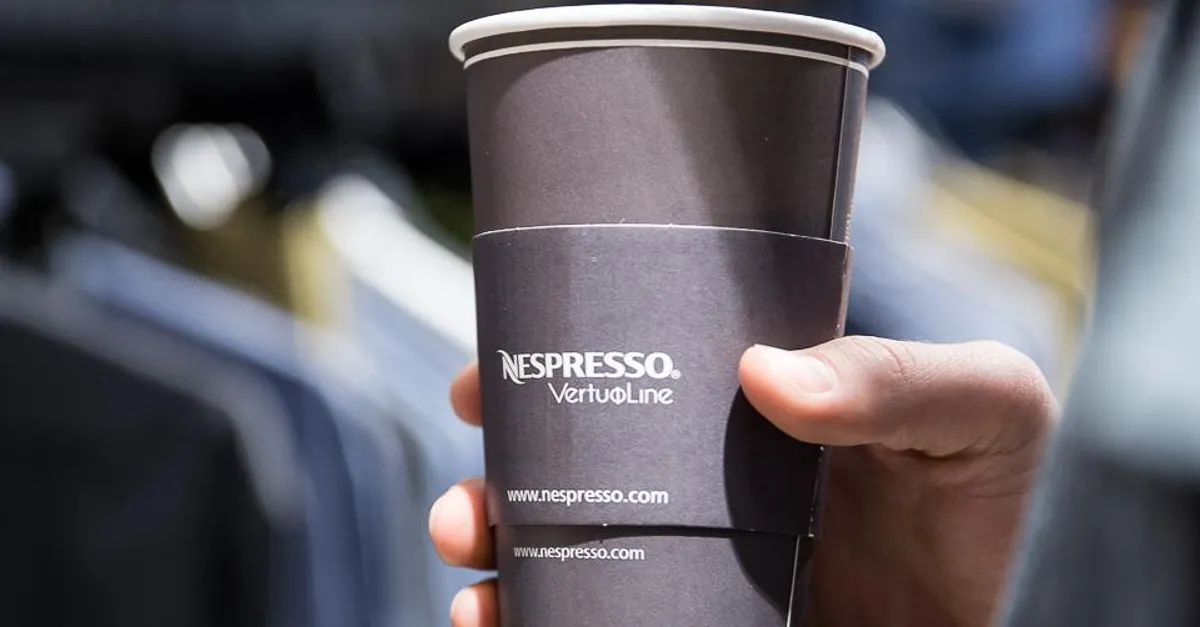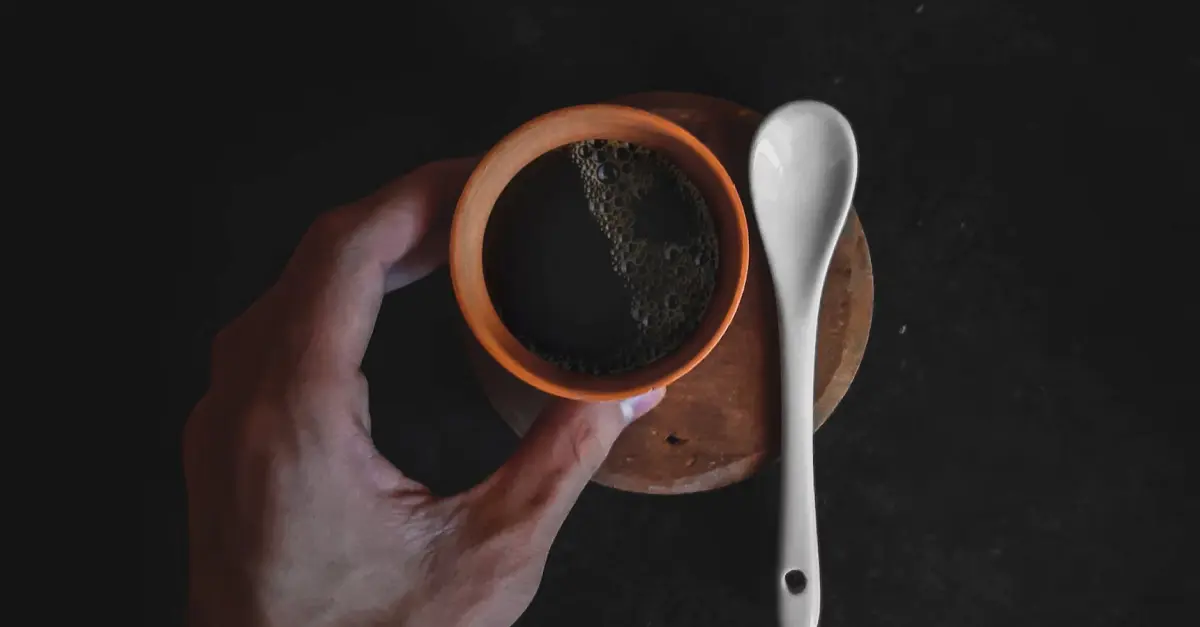1. Roast Level- French Roast: Known for being dark but not the darkest, French roast beans are roasted to just past the second crack. The result is a smoky, rich flavor with a slightly bittersweet finish. The beans have a deep brown color with an oily surface.- Italian Roast: Even darker than French roast, Italian roast beans are roasted longer, resulting in an almost black color. The flavor is bolder and more intense, with a more pronounced smoky, sometimes even burnt, character. This roast sacrifices more of the bean’s original flavors for a full-bodied, robust taste.
2. Flavor Profile- French Roast: French roast offers a balance of smoky and slightly sweet notes. You may still get hints of the bean’s origin, but the roast itself dominates the flavor.- Italian Roast: Italian roast is all about deep, smoky, and bitter flavors. Any origin characteristics are masked by the long roasting process, leaving you with a more uniform, charred taste that’s perfect for espresso.
3. Best Brewing Methods- French Roast: Works well for drip coffee, French press, or pour-over, where the rich, bold flavors can be enjoyed in larger servings.- Italian Roast: Perfect for espresso, where its intense, concentrated flavor shines through. It also works well in lattes or cappuccinos, providing a strong coffee base.
Key Differences:- French Roast: Dark, smoky, with some bean flavor remaining.- Italian Roast: Darkest, boldest, with a more intense, smoky bitterness.
Both roasts are rich and intense, but French roast offers a touch more balance, while Italian roast pushes flavor intensity to the limit. Choose based on your preference for boldness and brewing method!




